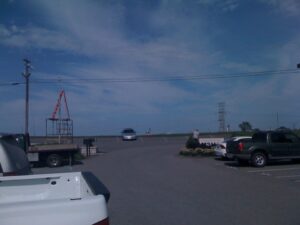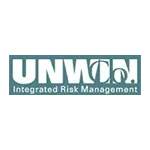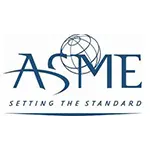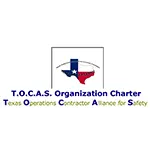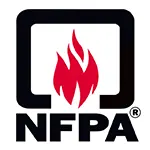Let us help you make sense of PSM / RMP!
My friend Brian Chapin will be offering an open-enrollment PSM/RMP class in Burleson, Texas, July 8th to 11th, 2025. Brian is an absolute pro in NH3 Refrigeration Process Safety. Anyone who attends will also get a FREE membership to SAFTENG. You can get more information on the class with this link.
CLICK HERE to Renew your Membership
CLICK HERE for a NEW Membership
CLICK HERE to see eligibility requirements for FREE Membership
If you have any questions, please contact m
SAFTENG has:
- Over 18,000 categorized unsafe acts/conditions and accident/injury photos
- Over 1,500 ppt's & doc's in the SAFTENG Library
- Over 4,000 Technical Articles on Process Safety, Emergency Response & OSH topics
- Over 450 videos (those not allowed on YouTube Channel)
Many THANKS to my NEW Members and those who CONTINUE to support SAFTENG:









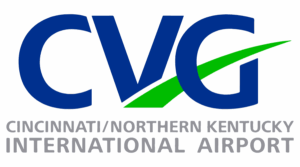

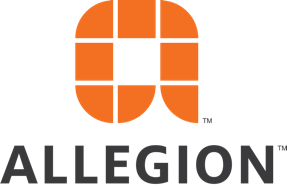


August 9, 2011
MANY THANKS to my NEW & RENEWING “Partners in Safety”for their support! Polyone since 7/11, S-Con, Inc since 7/11, Michels Corporation since 7/11, Fluor-B&W Portsmouth since 6/2011, and Suzlon since 2009 2011 Fatality Tracker Electrical 47 (2010 = 90) (2009 = 100) Forklift/Manlift Mobile Equipment 59 (2010 = 110) (2009=88) Mining 146 (2010 = 480)...
Read More
Did you know the LEL of a vapor and the MEC for a combustible dust can be lower when mixed together?
August 7, 2011
A lot of folks know about flammable liquids and their vapors. A smaller group of folks know about combustible dusts. Yet there is a even a smaller group that knows that when a flammable vapor/gas and a combustible dusts are mixed together, both the vapor and the dust will have a LOWER LEL than if they were in an atmosphere by themselves. Here is what happens and why it is important...
Read More
August 6, 2011
NOT the way to transport “empty” cylinders! Click on “Read More” below the photo to see full size photo.
…
HomeRead More »
Read More
August 6, 2011
Want proof that employers are not worried about safety citations? Below is a photo taken right outside an MSHA office. Notice the rig to the left in the photo and the contractor walking by the MSHA Office sign. You have to wonder if this same company would dump oil down a storm drain in an EPA parking lot?
…
HomeRead More »
Read More
August 6, 2011
Coveralls become oil-contaminated very rapidly in many work situations, particularly offshore, in some cases within one day. From time to time, there are significant hydrocarbon fires offshore (eg on the Rough Platform). There is evidence that frequent washing reduces the fire retardant properties of some materials, thereby increasing personal risk to persons and compromising their safety in a fire....
Read More
August 5, 2011
In the chemical industry, we had things a bit easier when it came to defining our process battery limits and this made it easy for us to define who was a PSM/RMP contractor. But things are not so easy in facilities where the PSM process is a small and not core to the business. We see this in flammable liquid processes and ammonia refrigeration processes, where the Highly Hazardous Chemical...
Read More
August 5, 2011
MANY THANKS to my NEW & RENEWING “Partners in Safety”for their support! Polyone since 7/11, S-Con, Inc since 7/11, Michels Corporation since 7/11, Fluor-B&W Portsmouth since 6/2011, and Suzlon since 2009 2011 Fatality Tracker Electrical 46 (2010 = 90) (2009 = 100) Forklift/Manlift Mobile Equipment 56 (2010 = 110) (2009=88) Mining 145 (2010 = 480) (2009 = 586) Explosions...
Read More
August 4, 2011
The following factors are critical to any SMS’s sucess. The SMS:• must be comprehensive and integrated with respect to the adopted control measures• must be implemented in practice and used as the primary means of ensuring safe operation• should be consistent with the understanding of risk gained from the Safety Assessment• should have sufficient focus on major incident safety, from planning...
Read More
August 3, 2011
My line of work brings me into contact with a lot of hazardous locations. Some weeks I feel I should just sleep in my FR coveralls! But each month we find errors in hazardous location classifications that could have disastrous results. This article is an attempt to bring to light some of the common errors we have come across: 1) Be able to state what Recognized and Generally Accepted...
Read More
August 1, 2011
MANY THANKS to my NEW & RENEWING “Partners in Safety”for their support! Polyone since 7/11, S-Con, Inc since 7/11, Michels Corporation since 7/11, Fluor-B&W Portsmouth since 6/2011, and Suzlon since 2009 2011 Fatality Tracker Electrical 45 (2010 = 90) (2009 = 100) Forklift/Manlift Mobile Equipment 55 (2010 = 110) (2009=88) Mining...
Read More



